.jpg) "March 28, 2007 - John Bowen Synth Design today is introducing the Solaris keyboard synthesizer. John's many years of sound design and user interface work have culminated in a synthesizer that is unparalleled for its ease of use and sonic quality. "While I certainly enjoyed many good years at Sequential Circuits (re:all products) and Korg (Wavestation, OASYS), working as an independent plug-in developer for the Scope platform over the last 7 years has allowed me the freedom to explore concepts and designs that I would have been unable to do elsewhere. Solaris represents the pinnacle of this development, and for several years I've had plans to turn it into a hardware version. Finally I can say, it is here."
"March 28, 2007 - John Bowen Synth Design today is introducing the Solaris keyboard synthesizer. John's many years of sound design and user interface work have culminated in a synthesizer that is unparalleled for its ease of use and sonic quality. "While I certainly enjoyed many good years at Sequential Circuits (re:all products) and Korg (Wavestation, OASYS), working as an independent plug-in developer for the Scope platform over the last 7 years has allowed me the freedom to explore concepts and designs that I would have been unable to do elsewhere. Solaris represents the pinnacle of this development, and for several years I've had plans to turn it into a hardware version. Finally I can say, it is here."Drawing on years of experience, John Bowen has crafted a new masterpiece - Solaris is a synthesizer that truly lives up to the idea of 'no compromises':
• Flexible as a modular system, but easier to use - with five 2 x 40 character display sections, one 240 x 64 graphic display, and 40 knobs, the Solaris is capable of great depth in sound manipulation, but designed to be as easy to use as the vintage synths of the past for which John Bowen is known.
• Sound quality is paramount - newly created synthesis algorithms provide unparalleled quality; signal processing handled by SHARC floating-point processors. Internal processing is done at 96 kHz; audio rate modulation provided with sample-accurate precision.
• The Solaris is a purchase which will last for years, through new algorithm "expansion packs" and OS updates.
.jpg) John has teamed up with Holger Drenkelfort and Juergen Kindermann (SonicCore GmbH) to produce the Solaris synthesizer. "We had all worked together in the development of the Creamware Scope system, which as a development tool I found to be sonically superior to any other available native 'synth construction' programs on the market. However, I needed a new and more powerful system to produce the Solaris properly. Using their expertise, SonicCore has created brand-new hardware and operating system software – there is nothing inside based on the Scope system. Also, we brought in a talented dsp programmer to write completely new algorithm code specifically for the Solaris. However, now that SonicCore has acquired rights to the Creamware dsp library, I will be able to incorporate their special modules as well in Solaris. I'm also discussing licensing other algorithm work for future dsp expansion packs. It's my plan to have the Solaris act as a capable 'host system' for a wide variety of synthesis types, while still providing an ease-of-use factor."
John has teamed up with Holger Drenkelfort and Juergen Kindermann (SonicCore GmbH) to produce the Solaris synthesizer. "We had all worked together in the development of the Creamware Scope system, which as a development tool I found to be sonically superior to any other available native 'synth construction' programs on the market. However, I needed a new and more powerful system to produce the Solaris properly. Using their expertise, SonicCore has created brand-new hardware and operating system software – there is nothing inside based on the Scope system. Also, we brought in a talented dsp programmer to write completely new algorithm code specifically for the Solaris. However, now that SonicCore has acquired rights to the Creamware dsp library, I will be able to incorporate their special modules as well in Solaris. I'm also discussing licensing other algorithm work for future dsp expansion packs. It's my plan to have the Solaris act as a capable 'host system' for a wide variety of synthesis types, while still providing an ease-of-use factor." Notes Hans Zimmer, "If anyone out there can take what we love about the elusive quality of analogue synthesizers and add the inventiveness and versatility that we get from digital, it'll be John. There is no question in my mind he understands that fundamentally the sound has to be true and uncompromised for a bunch of circuits to turn into a musical instrument. There are many synths out there that are fun and even inspiring. But it takes a certain magic and voodoo, a certain set of ears and sonic heart to build something lasting, something timeless."
More information will be available at www.johnbowen.com or info@johnbowen.com.
John Bowen started as Moog Music's first official clinician in 1973. Following that, he collaborated with Dave Smith on the Prophet 5 design, and went on to create 99% of all Sequential Circuits products' factory presets, demo and drum sequences, providing user interface (UI) design for many of the products as well. When the core Sequential team was acquired by Korg, John became Product Manager for the Wavestation, handing all UI design, sample ROM processing, and overall product development. He then worked on the initial OASYS keyboard UI design, but left Korg in 1998 to work for Creamware, where he developed their first Modular system, and assisted in the early work of their Prophet and Pro One emulations. His Zarg Music company is known for some of the finest plugins available for the Scope platform.
All specifications subject to change without notice. Copyright ©2007 John Bowen Synth Design."
And there you have it. ; )


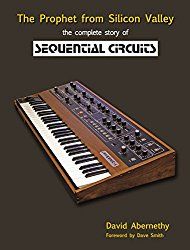
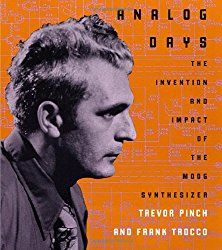
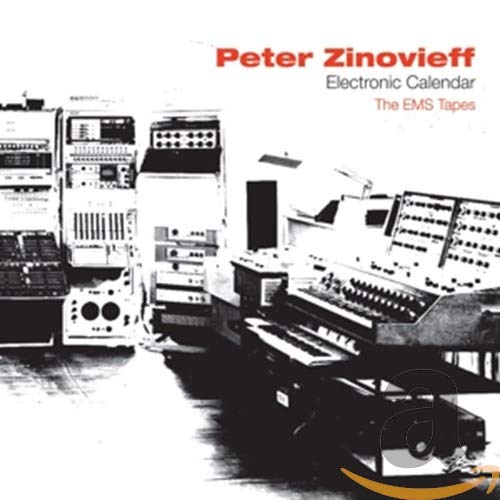
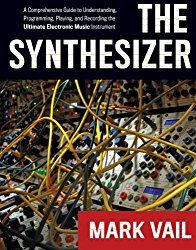
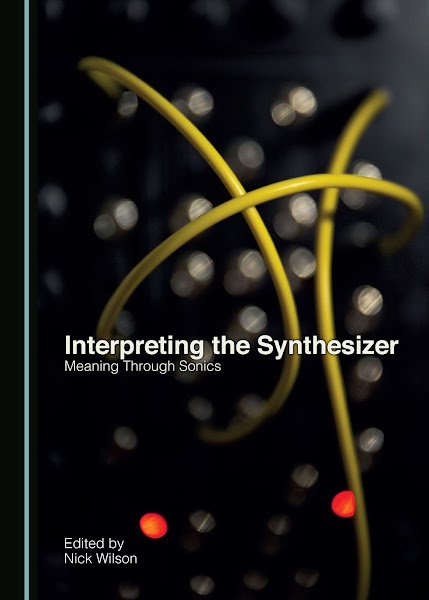
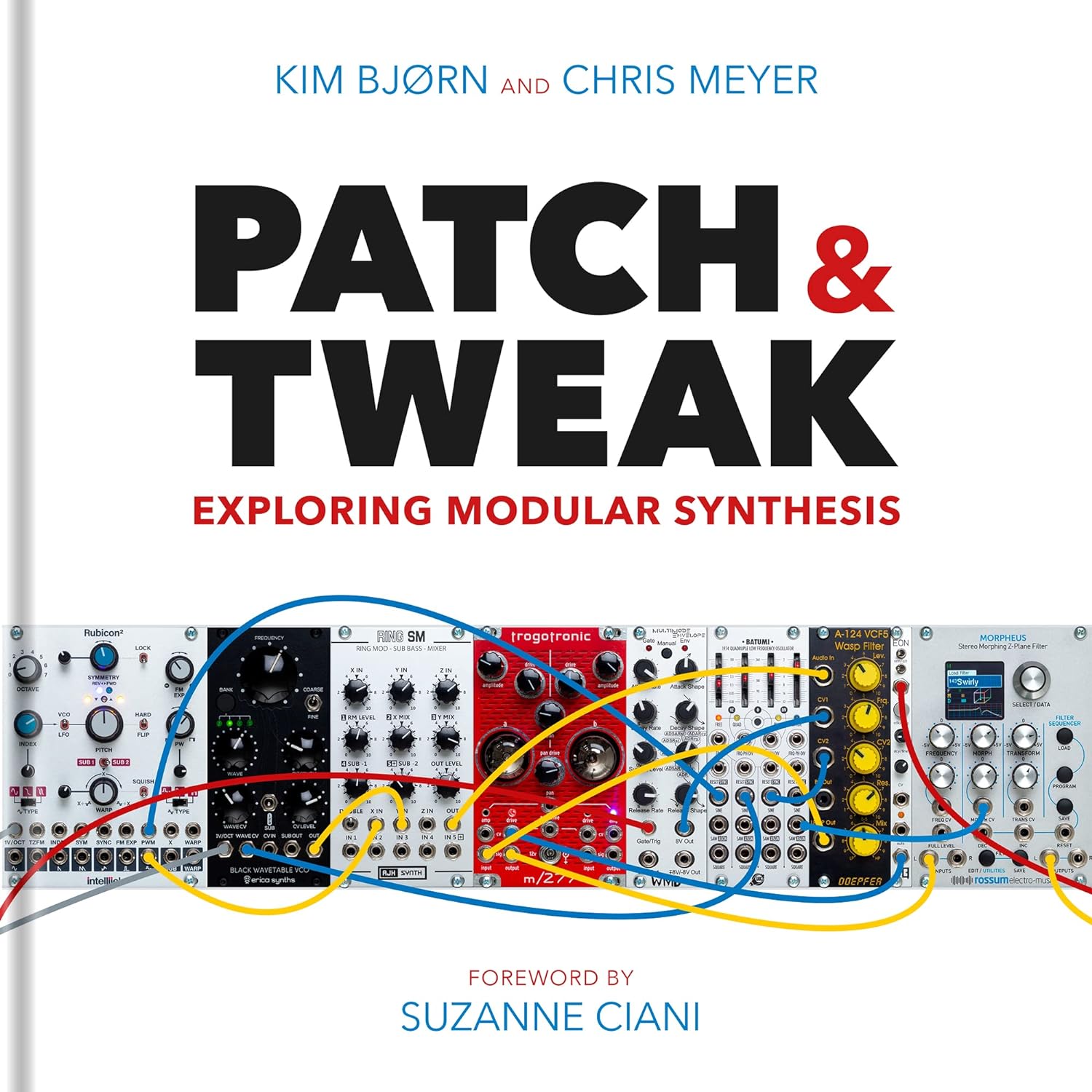
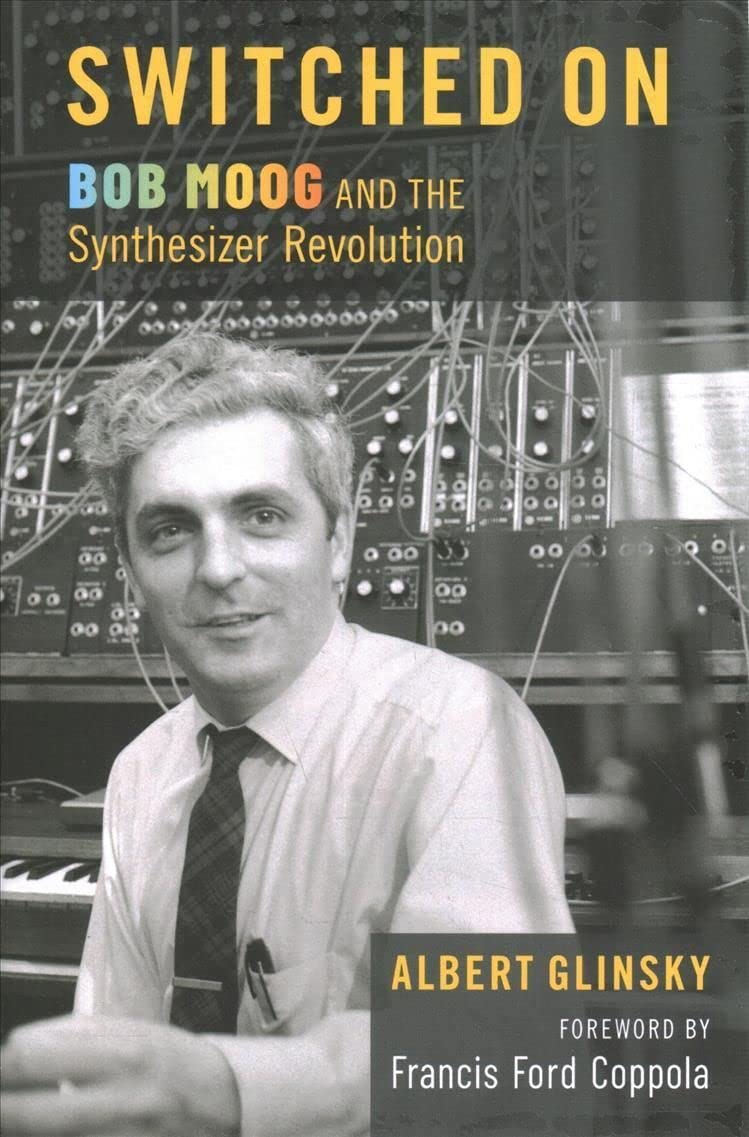
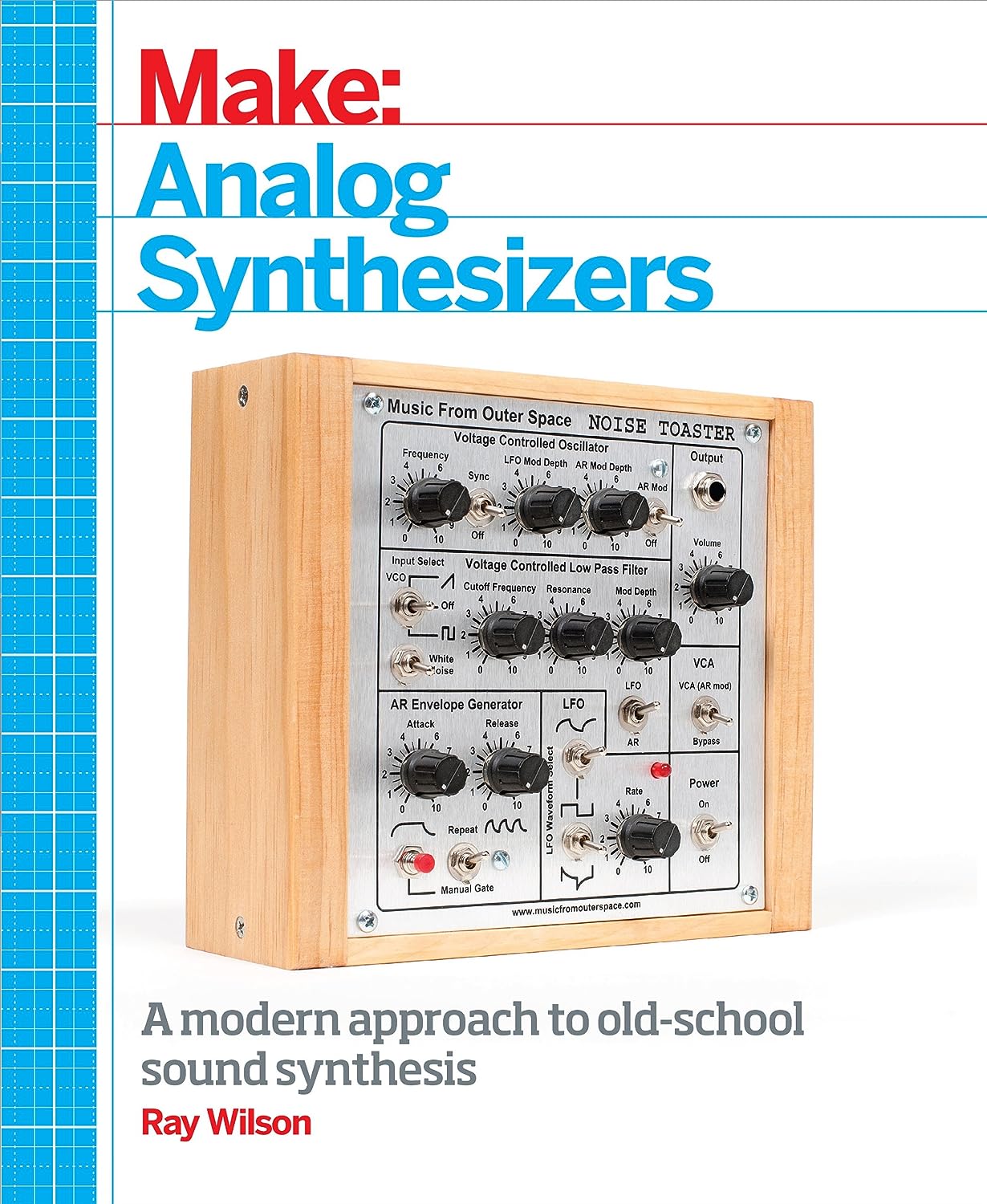
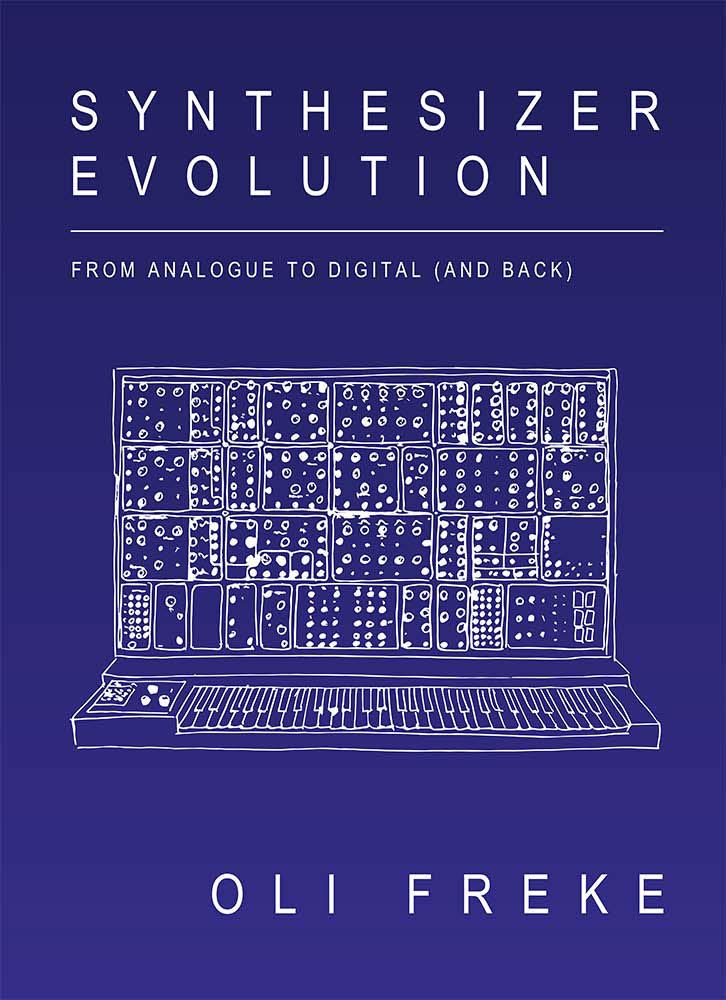
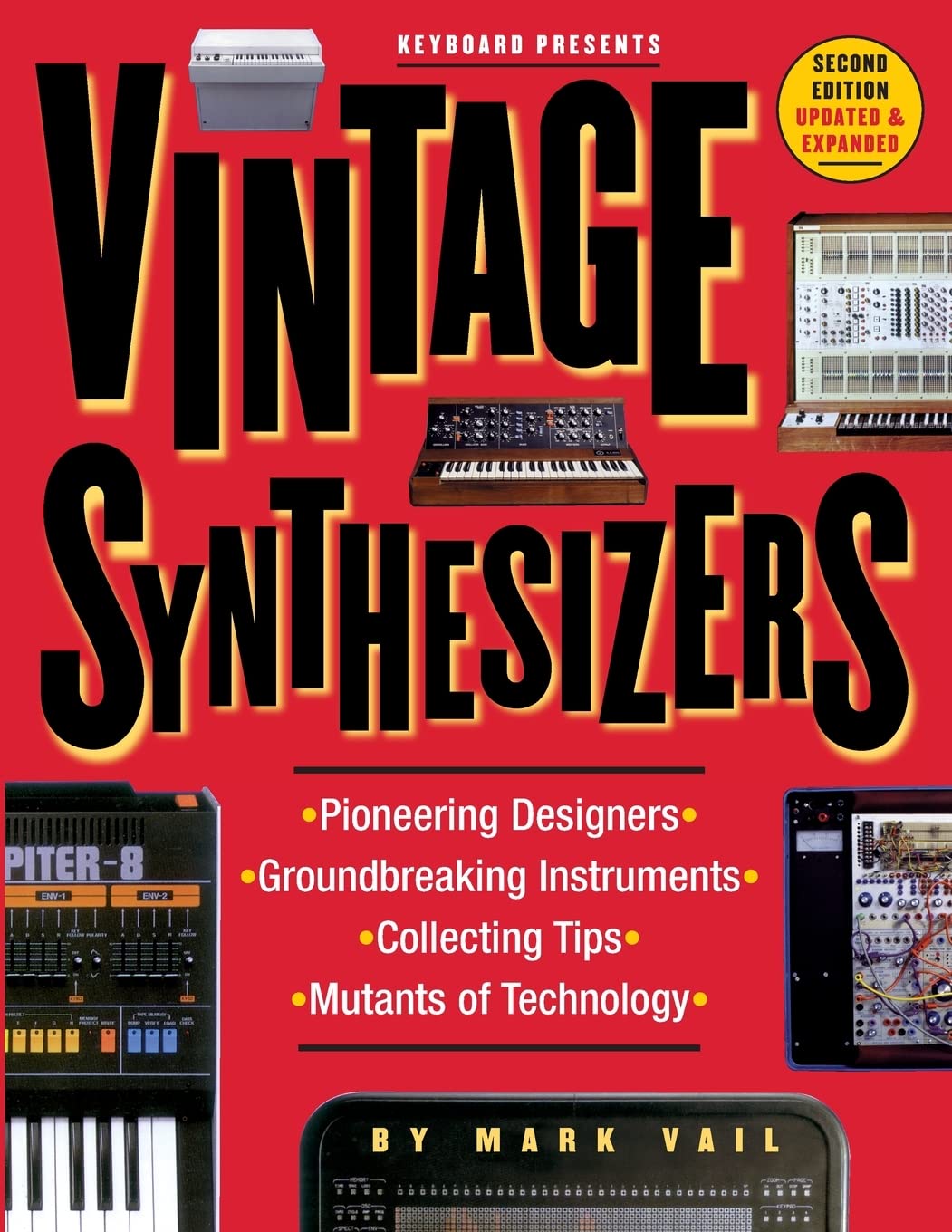

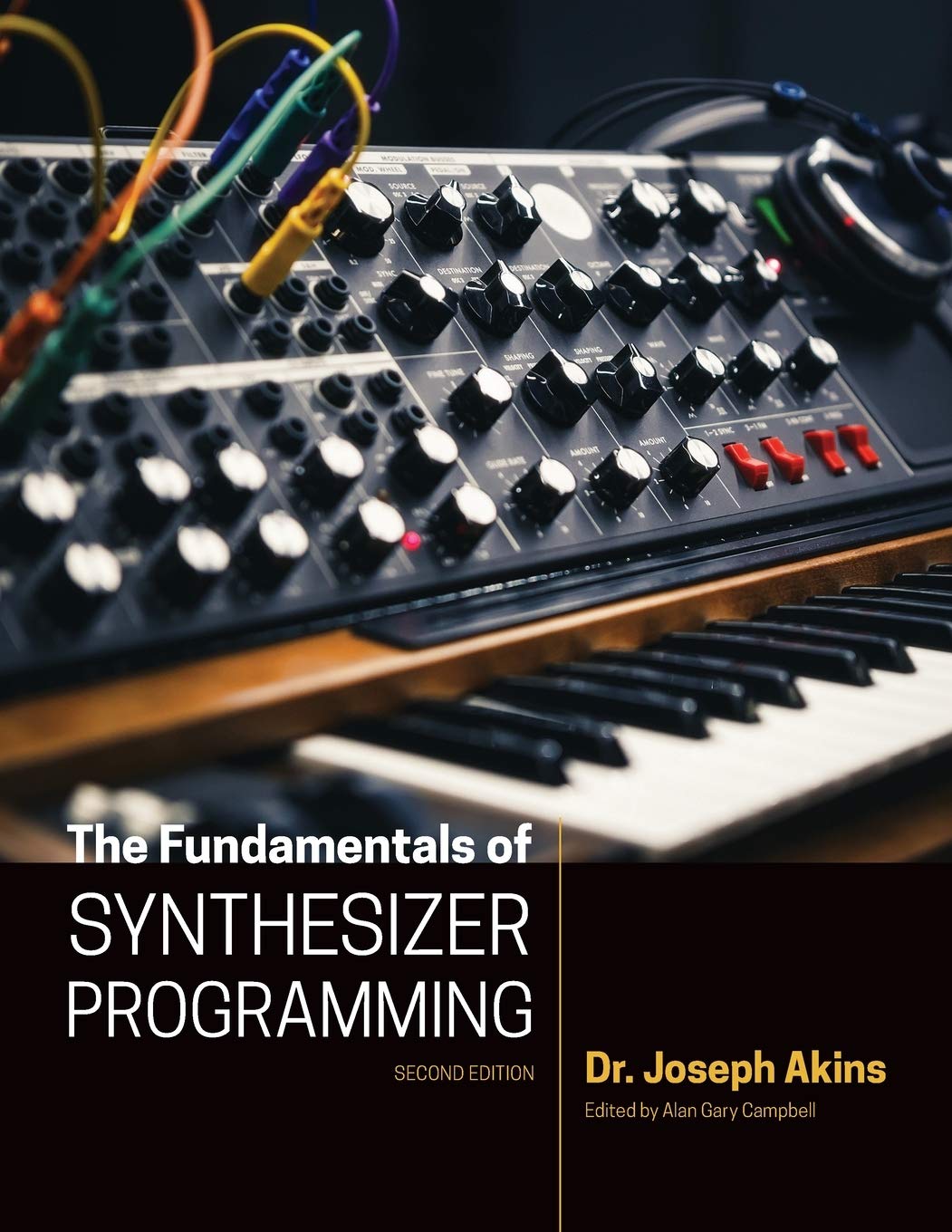














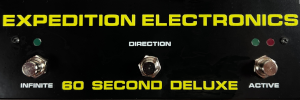
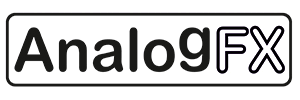









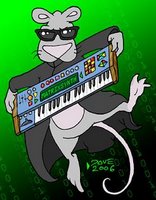
First post.
ReplyDeleteSo how many hits did this blog get in the last 5 minutes?
ReplyDeleteWhew. I though you were going to explode trying to keep this a secret. Glad you made it alive!
ReplyDeleteJohn: Congratulations and I hope you generate tons of interest for this exciting new beast at Musikmesse!
Creamware NOAH re-packaged?
ReplyDeleteI mean, look at:
http://messe.harmony-central.com/Musikmesse02/Content/CreamWare/PR/Noah-Rack-render-large.jpg
It's the same promise as NOAH (expansion packs).
Looks like 4 Noah's in one box.
Aren't there better DSP's than SHARC's?
Will the Future remember this synth?
Can it do a good banjo?
ReplyDeleteI always wanted the camo version of the NOAH synth they had in development a long time ago, who would have known it would morph and grow to this! That is one awesome synth! Cant wait to hear the sound of it......
ReplyDeleteOh bless you Susannah...
ReplyDelete(and I don't really think this has 'no scope' in it -- not that it's a good or bad thing).
It all comes down to execution, quality, and price.
The UI seems really traditional tho. No 'new' controllers? Not even a ribbon? Polyphonic ribbon?
Hmmm.
Thanks James. That was tough. I can't wait for your post... ;)
ReplyDeleteBTW, I wasn't expecting this, but this broke my alltime record today for number of hits. It beat NAMM.
I'm super excited about this synth. I wish John the best on this project and can't wait to see and hear it in person.
This is truly a golden era in synthesizers. When I think about all of the new gear that has come out in the last few years, from new modulars to the OASYS, I'm genuinely amazed. Hip-hip hooray!
ReplyDeleteIt's not a NOAH repackaged. Read it in detail.
ReplyDeleteHOLY SHIT I WAS READY FOR THE HOAX BOMB!
ReplyDeletethis is way cool
Didn't the creamware guys build this for him? That could explain the similarities. Its supposed to be something very special. Thanks mr. Poly-Mod!
ReplyDeleteit's really nice that they have plans for adding features later on and an interface that can handle it. this is truly state of the art.
ReplyDeletedoktor future: John mentioned recently that he intends to add a joystick to the production version of the Solaris.
ReplyDeleteThe hardware and software is brand new and is not based on anything from CreamWare. Don't forget that there are numerous chips in Analog Device's SHARC line - some considerably more powerful than others.
Well, I guess the question would be... what are the algorithms? I mean, my studio is pretty well covered... If it can do granular or something really unique, then maybe. With the scanty information provided (no offense to the matrix whose site I visit five times a day), it seems to be in direct competition with the Waldorf offerings and the new Nord. Stiff competition indeed!
ReplyDeleteinteresting. it will be interesting to see what this synth is like. its not often that a synth comes out these days with qualities that will make it a classic. then again, classics are determined later in the future (who knew that tb303's would be so 'classic' back 20 years ago when they were consideres shiet). i think the DSI gear has potential longevity. lets see what the solaris brings!
ReplyDeleteokay, it would be better with a joystick, and even better with one or two polyphonic ribbons.
ReplyDeletehandling osc messages via ethernet would be grand.
hope it has better DSP's than the creamware stuff for futureproofing.
Some real-time convolution would be good. I'd figure that'd be a staple in this day and age.
Look forward to hearing it!
April Fools.
ReplyDeleteyeh i knew this wasnt coming from the big corps
ReplyDeleteunfortunately it looks like some kind of insanely overpriced bohemoth ala Neuron
People keep wondering what it will sound like. Most probably it will sound like John's Solaris softsynth. Duh.
ReplyDeletedon't forget the lack of a beerholder, doktor future.
ReplyDeleteOne thing that gets me excited is seeing John launch a full fledged hardware synth. He was a huge influence at Sequential Circuits alongside Dave Smith and has a deep history in the business. He was responsible for nearly all of the sounds of the Sequential Line of synths and was a major influence on the direction and design of the synths.
ReplyDeleteA funny story I will never forget was at last year's Pacific Northwest Synth Gathering where he told the story of how he programmed the classic sync sound used by The Cars' "Let's Go." He was approached by someone to sell his patches, but then he'd be driving along and "Let's Go" would come on. He'd think, "hey that's my sound!" and never regret it. It was a cool story. Now when I here the song, I instantly think, wow, I met the one guy in this entire planet that made one of the coolest, most recognizable synth sounds. You gotta back that. ;)
Regardless, the Creamware line of synths are the only soft synths I've heard that have had nothing but praise for their sound quality.
If this synth can cover that and more, it will be pretty amazing. This is the PPG Realizer of our time. And I'm sure it will not disappoint in sound.
I've used John's soft synths on my OASYS PCI and and my Pulsar/Scope system (since ver. 1!)and have always thought they would be amazing in hardware form. Time to save my pennies.
ReplyDeleteHere are the videos I refer to in my comment above, if you want to see them: link. BTW, I should note that it was pretty awesome of him to show up to the small gathering back then.
ReplyDeleteOk, I did not see that one coming.
ReplyDeleteLooks pretty cool. :)
Hahaha...I knew it. A new creamware synth. Lets hope it does better than the Noah did.
ReplyDeleteLooks photoshopped
ReplyDelete96kHz? What is this, the '90s?
ReplyDeleteSynths need 192 NOW.
Okay, a few misguided comments here. Who's knocking Sharc DSP's? The 21065L that is in the Scope is a little weak, but the latest devices are waaaaayy fast. And then there's the 96Khz comment. WTF?
ReplyDeleteBut anyway, this is very exciting, and considering the designer I have very high expectations. I can't wait to get my hands on one. My bet is on John delivering the goods, not on the naysayers whose only constructive comment is "where's the ribbon controller?".
Congrats John, looks awesome!
Where's the ribbon controller?
ReplyDeleteEverytime I see Sonic Core I read it as Sonic Care...the toothbrushing system. :(
ReplyDeleteBecause a person is successful programming sounds for synths 20 years ago doesn't mean they can design hardware today.
ReplyDeleteMarketing such a behemoth is an uphill battle anyways.
Either way, it's a gas watching you little women get your panties wet over a synth fewer than 1% of you will ever own and even fewer will ever make any real music with.
How many of you own an oasys?
How many paid for it with money made in the music biz?
Probably less than 1% of 1%.
This is akin to watching children get excited over the next xbox video game release.
Just short-lived mental masturbation till the next game is announced.
Little cheerleaders that can't play football.
Rah rah rah!
"He'd think, "hey that's my sound!" and never regret it"
I believe that should read "and always regret it"
See? You're so excited you can't even write properly.
Although I don't get your point you're pretty funny.
ReplyDeleteRah rah rah!
*Hugz*
Looks very Waldorf-y. I still want a Polyevolver.
ReplyDeleteYep, nice. Two words:
ReplyDeleteHOW MUCH?
A capybara would likely kick this thing's butt but they cost 10k, so their value as a synth is irrelevant to most, because most will never own one. So is this synth likely to be relevant to us or is it just a nice toy we'll never own?
Maybe we're all just drooling over someone else's ferrari...
That's some incoherent trolling drivel there, you at 3:12. What you're saying is people should't be allowed to spend ny money on a hobby they enjoy? Oh, I guess amateurs should also not own nice guitars. And God forbid they should make music with it!
ReplyDeleteAnd why would an oasys workstation, a very professional-oriented piece, appeal to a hobbyist as much as much as a synthesizer coming from a man who has a record of making good sounding gear and simply looks like a joy to play as it's laid out? That's what we're looking for.
Few of us will buy it, so it will fatally fail? Dave Smith and many others are doing alright I say.
I think the point of anon's comment is that it takes more than good intentions and past accomplishments to make a synth product viable.
ReplyDeleteIt takes actual sales to keep their support alive.
It's romantic to see new super synths like this, creamware, and waldorf, but I bet it's going to be like $5K.
ReplyDeleteComputers are still the super synths of/for the people.
Whoops I meant arturia, not creamware!
ReplyDelete5k would be horribly steep. I don't expect it to be so much somehow...
ReplyDeleteI mean that's how much they say that stromberg is going to be and waldorf just whent crazy with lights and silver knobs all over the place. This looks a lot more rational. It could be slightly above the TI price range to compete directly.
The new keyboard version of the Arturia Origin looks sexier and also much more playable than this. The Solaris looks like it was designed in 2000 for release in 2002 and is now finally coming out in 2007. I'm afraid it's too late.
ReplyDeleteI would rather have the Origin with it's full screen and usable keyboard... it has ribbon controller you know.
funny, i was going to guess it was a sequential synth because there were 3 sequentials on matrix-b...but then i thought that would be a stupid guess. John Bowen knows what the heck is up so i'm sure it'll be awesome.
ReplyDeleteMatrix, considering the eventual fate of the Realizer, I'm not so sure that's the comparison that John wants...
ReplyDeleteYes, a lot is going to depend on what the sale price is. But I would dispute that there's no market for new hardware. Dave Smith has done all right with the Evolver line. I'm wiling to bet that John has a rackmount version up his sleeve that would cost quite a bit less than the keyboard version (probably with a less elaborate UI).
I know the two units pictured are prototypes, but I still can't help but wonder why one is blue and one is beige. Maybe they were experimenting to come up with a signature look.
"The new keyboard version of the Arturia Origin looks sexier and also much more playable than this. The Solaris looks like it was designed in 2000 for release in 2002."
ReplyDeleteThe Origin keyboard only exists as a 3D rendering. That's a long way from a physical prototype. Besides, looks are only skin deep. It's what's under the hood that counts. I'd much rather have great sound than a 5.6-inch color display attached to something that looks like an airline food tray.
Hey, matrix, can we get some more shots of the panel? I'm itching to see what's going on to the left with the oscilators. It looks really promising. Big props to John Bowen, let's drink to that hehehe!
ReplyDeleteThere's a picture of the Origin kb at gear junkies.
ReplyDeletehttp://www.gearjunkies.com/news_info.php?news_id=1884
I'm not mad about that one, to be honest. It has the ribbon controller, but the UI doesn't seem so well thought out and it should sound like... well... Arturia.
PS.: I hope they make the blue solaris with wooden end cheeks! best of both worlds, imo.
@ "beaker":
ReplyDelete96kHz is too low. DSP guys spend a ton of effort on anti-aliasing just to make oscs sound OK at 96kHz. Forget about anything lower. The instant you switch from 96 to 192, a synth with decent anti-aliasing will sound, well, 2x better. Actually the aesthetic value of such an increase is well more than 2x, and don't give me any drivel like "I LOVE that crappy aliasing sound my Nord Lead 2 makes!" V/A hardware would be a hell of a lot closer to the real thing if they clocked (well) at 192kHz internally. This would also make them more desireable than softsynths, given that most people can't or won't spend the dough on good 192kHz gear.
Thanks Valis. I was about to put that up. ; ) Post is up.
ReplyDeleteAs for the clues on Matrixsynth-b, Mr, just about got it right. Three Sequential Synths that John Bowen worked on was the clue.
Solaris, Solina, Solus...
ReplyDeleteMoog Solar...
any others?
@ "Adam S"
ReplyDeletePoint taken. Your subsequent clarification would have been good in the initial comment, since it is good information and adds some constructive value. Apololgies if I misinterpreted the tone of your initial comment.
But what's with the mindless trolling at 3:12am? This kind of drivel just get's tiresome.
yes, there was already a russian synth called Solaris.
ReplyDelete